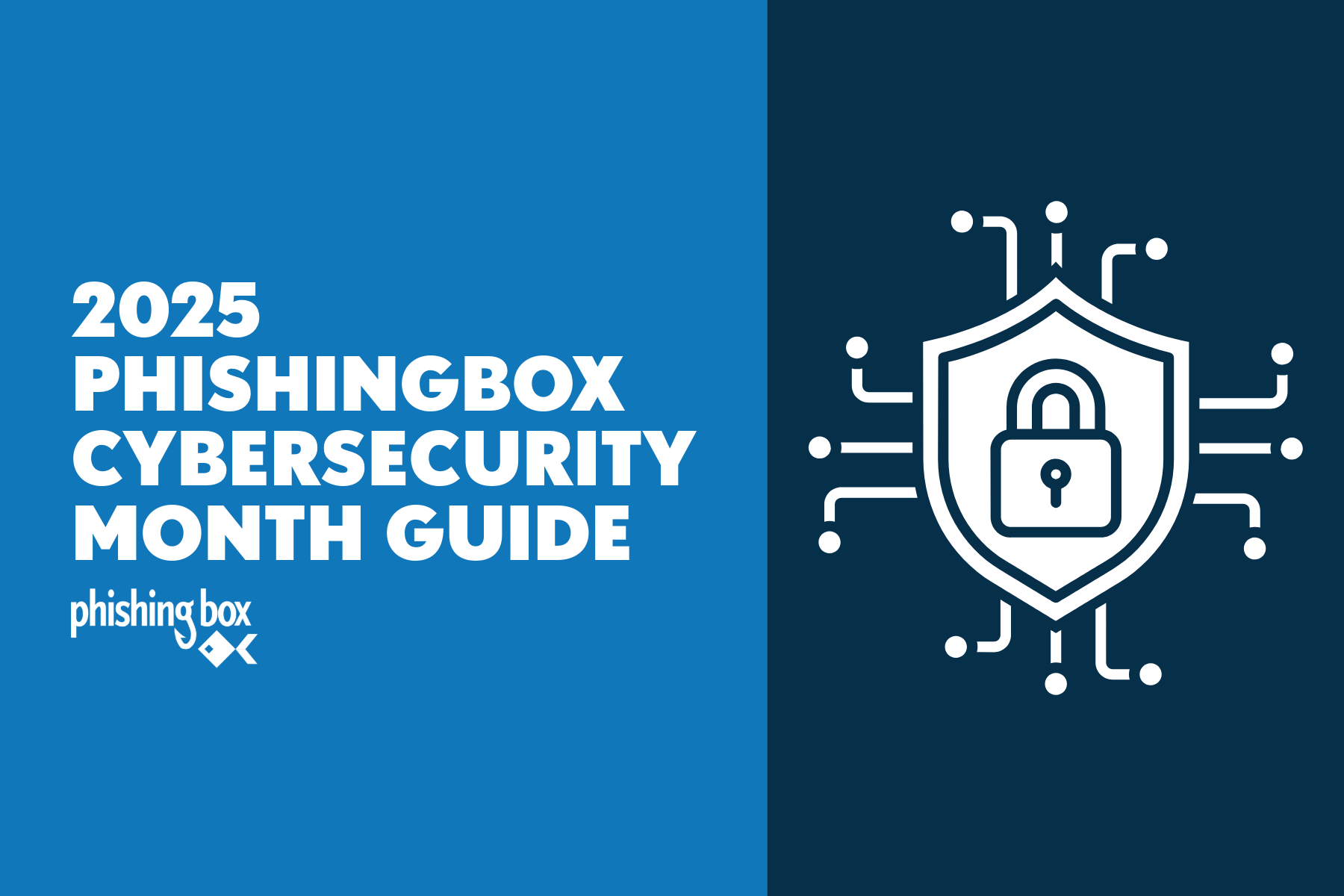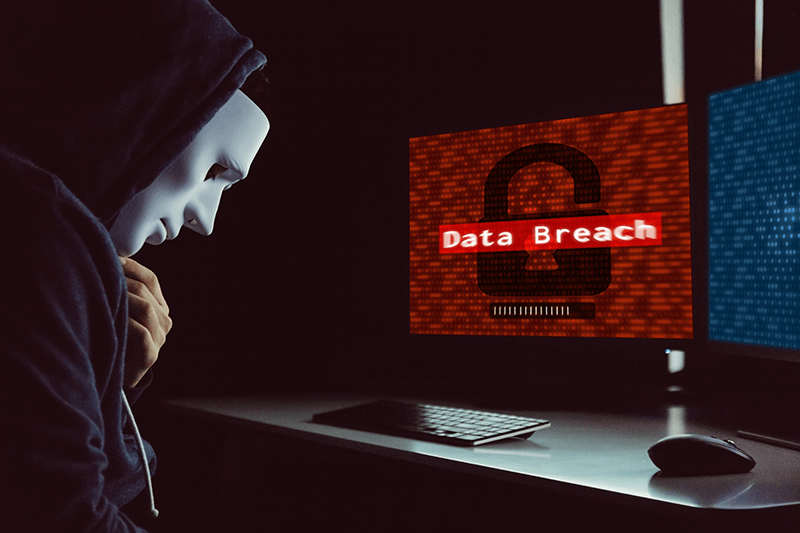Problematic State
Cyber threats present real danger for businesses and organizations in today’s hyper-digital environment.
Cyberattacks are more sophisticated now than ever before, making it necessary for companies to invest in protecting and defending sensitive data and information even if they haven’t before.
Implementing robust cybersecurity programs with built-in measures to mitigate the risk of cyber threats is crucial to keeping private information secure. One of the most critical components of an effective cybersecurity strategy is employee awareness training.
While statistics vary from one report to another, one thing remains the same across multiple years of reporting from various vendors and research organizations; the most common weak link is human error.
Even the best technological systems have people controlling them. There are any number of people who will always have authentication login credentials, which means there’s potential for that employee’s authorization to be exploited.
To avoid making the mistake of inadvertently providing passwords or unauthorized access to systems, organizations can routinely and consistently provide phishing training and phishing simulation. By keeping your employees and staff aware of the latest phishing attempt attacks with realistic, cloned phishing tests, you’ll be less likely as an organization to click a fraudulent, malicious link.
Here are five reasons why phishing training and phishing simulation are the backbone of a holistic cybersecurity awareness training program:
1. Phishing is the most common cyber threat vector.
Some reports in recent years, including the Verizon Data Breach Investigations Report, have indicated as high as 90 percent of cyberattacks on certain industries began with a phishing email. An effective phishing email is designed to trick the recipient into divulging sensitive information, like login information, including usernames and passwords, or unknowingly clicking a link or downloading or opening an attachment installing malware on their devices. Educating employees on how to identify and avoid phishing emails turns untrained and unsuspecting eyes into the first and last lines of defense with a significant impact on reducing the risk of a successful human element exploit cyberattack.
2. Phishing schemes and themes are becoming more advanced.
Phishing attacks were once thought of as easy-to-spot, poorly worded, obvious scam emails. Cybercriminals get smarter as their prime targets learn how to avoid falling victim to a phishing plot. By deploying emails with social engineering tactics, spear phishing, and even whaling or smishing, cybercriminals can target specific individuals within an organization. Training employees by the specific role they hold in the organization can help prepare staff to be ready for a real phishing attack. An example of this would be an HR professional receiving an accurate applicant tracking system phishing test or doppelganger domain phishing tests from LinkedIn or Indeed sent to a recruiter. By providing regular phishing training and simulation exercises, employees can stay up-to-date with the latest phishing tactics and learn how to recognize and avoid them.
3. Phishing attacks can have severe consequences.
We’ve all read the articles and there’s at least one news story daily detailing how yet another organization is dealing with the ramifications of a successful phishing attack. The impact can be severe. A data breach puts employees, vendors, and customers at exposed risk. Direct financial losses and indirect impact from stoppage of work and a decreased productivity for system downtime is costly as well. A brand image and reputation built over the course of years can evaporate within minutes and leave the door open for follow-up attacks playing off potential exposure baiting vendors or customers to enroll in faux security programs to protect their data. Explaining these consequences and detailing the problems they present for the company and the individual employee helps better educate staff on the need for regular phishing training and simulation exercises in order to build a comprehensive cybersecurity awareness training program.
4. Phishing training can improve overall cybersecurity awareness.
It’s not just about avoiding phishing emails. Improving overall cybersecurity awareness training is an overarching goal of successful cybersecurity training. By teaching employees to recognize potential threats in phishing emails, such as suspicious links (URLs) or unexpected or odd attachments with regular phishing testing and phishing simulation, staff can apply this knowledge to other aspects of their work, potentially identifying malware infections or avoiding other types of cyberattacks and properly reporting any suspicious activity in accordance with the company’s incident response plan.
5. Phishing simulation and phishing training exercises can help identify weak spots.
Phishing simulation exercises and regular phishing testing can be used as an opportunity to test a company's cybersecurity defenses and identify potential weaknesses. Regular phishing training and phishing testing reporting can ensure your plan is enhancing and increasing organizational readiness. Cybersecurity awareness training helps identify remaining needs and what steps should be taken to address underlying issues so cybercriminals can’t exploit even the smallest of holes in your cybersecurity defense strategy..
Bottom line?
Phishing training and phishing simulation testing bolster any cybersecurity awareness training program. By educating employees on the dangers of phishing attacks and providing topical, realistic, and regular phishing training and phishing simulation testing, organizations can identify any potential gaps in their defense systems, reduce their overall cyber threat risk, and evolve in an ever-changing digital landscape.
It is essential to stay current and aware of the latest cybersecurity best practices and ensure employees are equipped with the tools and skills necessary to protect themselves, and your organization, at every turn.


